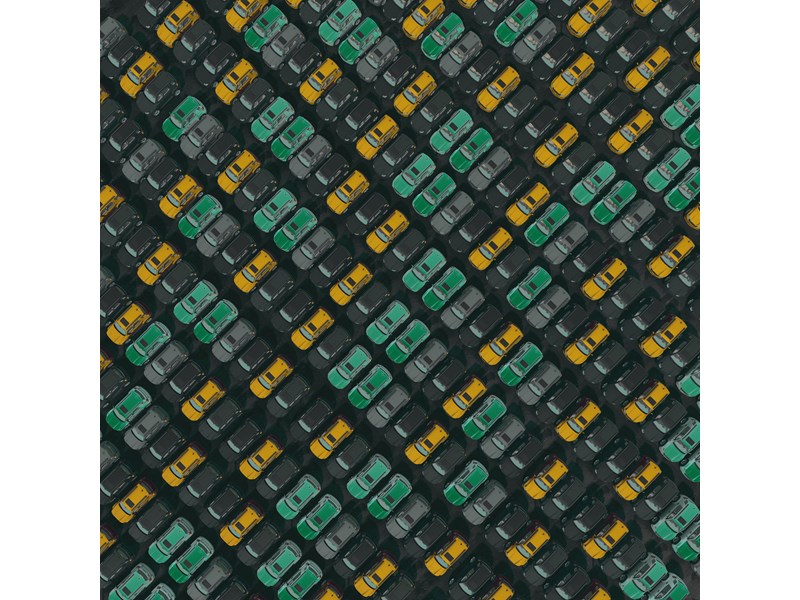Within the next five or six years, EVs will be cheaper than internal combustion engine (ICE) cars in many major regions, including much of Europe, the US and China. The switch is set for an EV revolution, but some obstacles remain.
For example, range anxiety, the fear that a battery will run out of power mid-route, is a key psychological barrier. Research shows that most car users don’t drive more than 60 miles per day; the average is closer to 30. Drivers still see the range of EVs as insufficient to warrant a purchase. Numerous studies have also shown that prospective EV customer’s biggest worry is that they won’t be able to take extended trips.
Public EV charging infrastructure investment aims to combat range anxiety
To combat this range anxiety, utilities in the US alone have invested in public EV charging infrastructure to the tune of almost $2.3 billion. And while most EV charging in the future will still be done at home or at the workplace, EV drivers want the security to know that their family car trip won’t fizz out halfway to the grocery store—or the Grand Canyon.
One prime example of a utility looking to address range anxiety head on is the New York Public Authority (NYPA). In Q4 2018, the NYPA announced a $500 million commitment through 2025 to grow the State’s clean energy economy. $250 million of the NYPA fund goes to lessen range anxiety through the EVolve NY program, which includes interstate direct current fast chargers (DCFC), airport charging hubs and EV model communities. The remaining $250 million is earmarked to ease the transition to renewable energy within New York’s current power system by enhancing energy infrastructure, distributing energy resources, and engaging in renewable generation.
The New York model is just one example of how government-owned enterprises and utilities can accelerate EV adoption and improve integration. Longer investment time horizons, lower costs of capital, and lower risk returns, position these organizations well to at least fill the investment gap to develop a backbone of charging stations to connect urban centers. This backbone will be necessary to get many drivers over the psychological barrier to purchasing an EV created by range anxiety, but may take 5-15 years to reach a utilization rate that enables it to turn a profit.
US government looks to chip in on EV charging infrastructure
A new bill introduced in the US may be a solution for consumers’ range anxiety. America’s Transportation Infrastructure Act of 2019 would earmark capital for public EV charging infrastructure. It’s the largest amount of funding ever provided for US highway reauthorization.
The bill would provide $287 billion in financing for the next five years of Highway Trust Fund operations. Within the legislation is a proposed billion-dollar carve out for alternative fueling stations.
Electric vehicle fast charging and peak demand
Demand charges incurred by utilities are based on a customer’s peak electricity usage during the billing period and can creep as high as 50% of some commercial or industrial customer’s bills. These customers have particularly “peaky” load profiles that for most of the time are low, but for one or more short periods a month they skyrocket.
DCFC stations are the definition of a “peaky” loads at low utilization. DCFC outlets operate at a peak power rating of 40 kW and 350 kW at stations that often contain multiple outlets. While this higher power rating promises to reduce range anxiety it comes with increased demand charges to the service provider. At high utilization these charges can be spread amongst a greater number of customers and kWh leading to lower kWh costs for the station owner resulting in some combination of improved margins and lower rates for customers.
At current EV adoption rates in most areas of the world, it is hard to overcome this utilization hurdle for DCFC charging leading many EV network providers to focus on fleet electrification to firm up utilization commitments in high value areas, and utilities to work on and test innovative rate structure for third-party station owners and evaluate opportunities to offer access in underserved communities and intercity corridors.

Along with the burden of providing equipment and make-ready electrical infrastructure, fast-charging infrastructure puts greater strains on utility transmission and distribution networks. Nevertheless, fast-charging makes up 1/4 of total charging infrastructure worldwide, with China, Japan and South Korea, investing significantly in and encouraging the development of fast-charging infrastructure in an effort to support EV growth.
In New York, the state is investing $70 million into a plug-in hybrid and electric car rebate and outreach initiative providing residents with up to $2,000 for the purchase or lease of a new electric car, with dozens of EV brands eligible for the rebate. Similarly, across the US and around the globe, governments and private enterprises alike are offering incentives for potential EV users to plug in and hit the road.
Wood Mackenzie estimates are that by 2020, 9.4 million EVs be on the road, with 7 million residential charging points in service. And by 2030, those numbers climb to 74 million EVs and 30 million charging points. The question is: Will the challenge of range anxiety prove too much for the EV revolution to handle?





